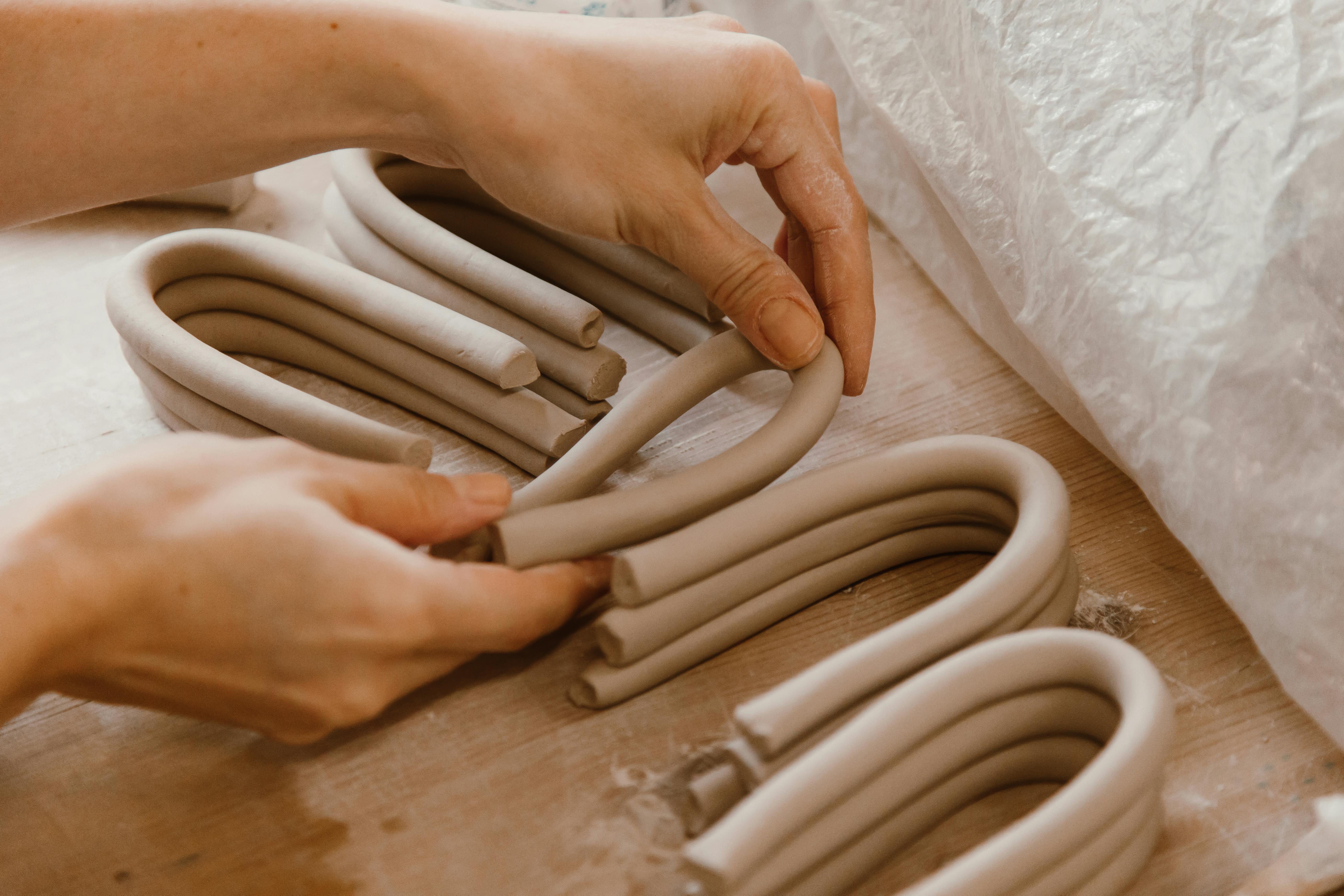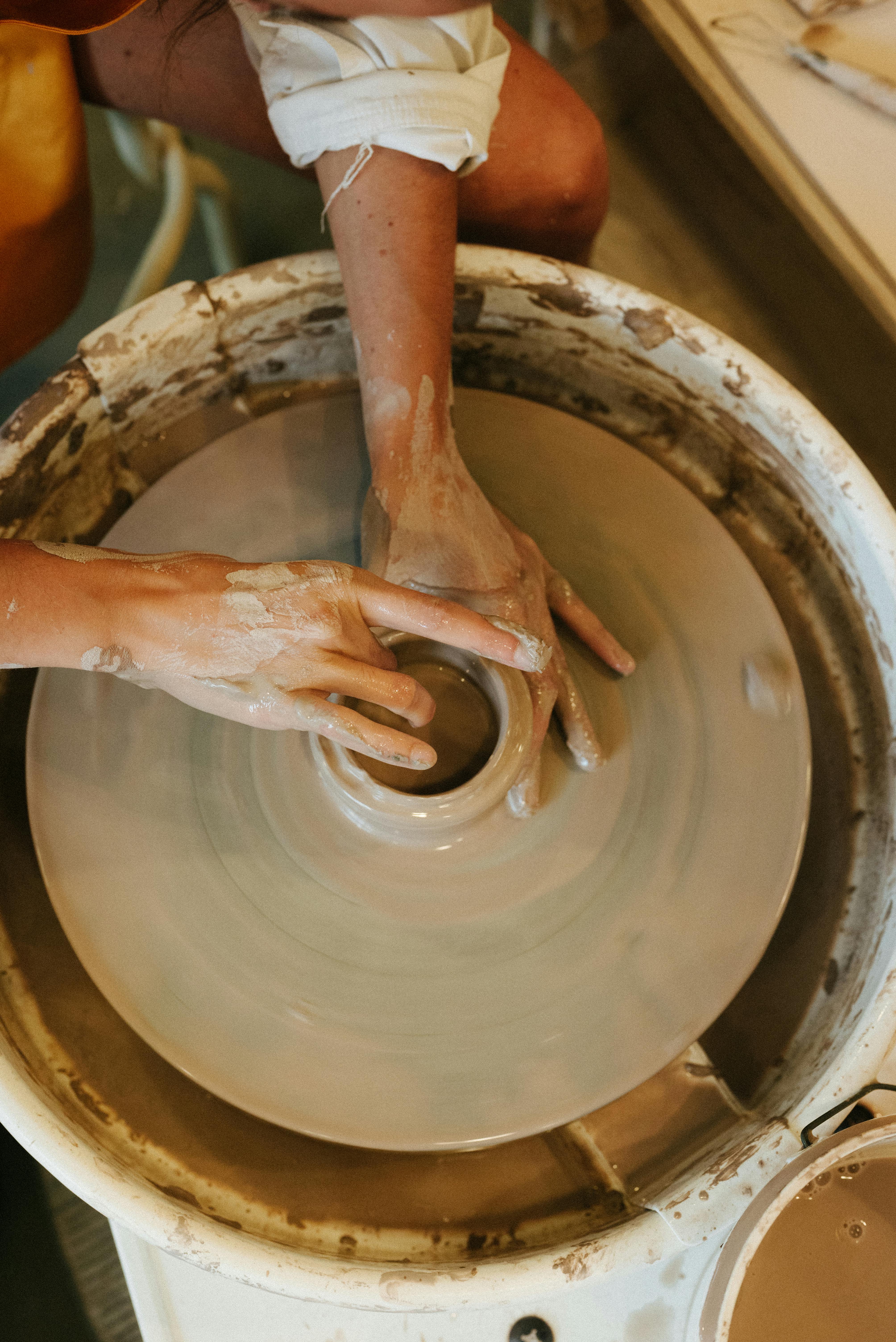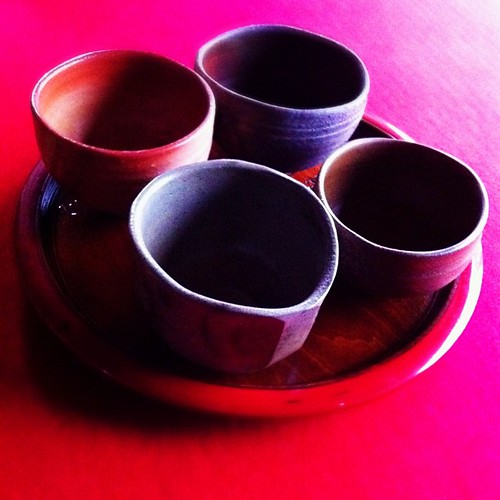
The term “coil construction ceramics” refers to a traditional pottery technique where clay is shaped in long, rope-like strands before being hand-built into various forms. This method dates back thousands of years and has been employed by different cultures worldwide, showcasing both complexity and artistic expression in ceramic art. The versatility of coil construction allows artisans to create an array of functional and decorative pieces, highlighting the balance between creativity and craftsmanship. With its deep cultural roots and intricate process, coil construction remains a cherished art form that continues to inspire contemporary ceramicists today.
| Aspect | Description | Examples |
|---|---|---|
| Technique | Building clay forms by stacking and smoothing coils. | Vases, bowls |
| Historical Significance | Used by ancient cultures for both utility and decoration. | Native American pottery, African ceramics |
| Modern Influence | Combines traditional methods with contemporary design. | Art installations, custom homeware |

The Timeless Art of Coil Construction
Imagine shaping wet clay into a series of long, flexible strands and then carefully stacking these coils to form stunning, one-of-a-kind ceramics. This technique, known as coil construction, allows for artistic freedom and precise control, making it a favorite among artisans throughout history. The beauty of coil construction lies not only in the final product but also in the meditative process of creating each coil, stacking them, and smoothing the structure into a seamless work of art.

From Ancient Origins to Modern Practices
Dating back to prehistoric times, coil construction has been a fundamental pottery technique across various cultures. For a comprehensive understanding of its application, explore the coiling in ceramics essential techniques. Native American tribes employed this method for both functional items and intricate storytelling pieces, while African communities used it to craft beautifully adorned vessels. Each coil-built piece serves as a testament to a rich cultural heritage, blending utility with artistic expression. Today, ceramicists continue to draw inspiration from these ancient traditions, adapting the timeless technique to suit modern aesthetics.
Mastering the Craft
Embracing coil construction offers an opportunity to explore a tactile experience that is both challenging and rewarding. To master this craft, consider these ultimate clay pottery techniques that guide you through the essential steps:
- Begin with a well-prepared clay slab; texture and consistency are crucial.
- Roll out uniform coils, ensuring they’re neither too thick nor too thin.
- Stack the coils, using slip to adhere each layer securely.
- Smooth the surfaces as you go, blending seams to achieve the desired shape.
- Allow each layer to set slightly before adding the next for stability.

Practice, patience, and a keen eye for detail are key to mastering this art form. As you refine your skills, you’ll discover new ways to express your creativity and personal style, resulting in pieces that are uniquely yours.
Bring Your Creations into Everyday Life
Coil-built ceramics don’t have to be confined to gallery displays; they can become part of your daily routine. Consider integrating your handmade bowls, vases, or pots into your home decor, or use them as thoughtful, personalized gifts. Each piece is not only a functional item but also a conversation starter, revealing the effort and craftsmanship behind its creation.

Are you ready to get your hands dirty and dive into the world of coil construction? Discover more about this art form in our campus ceramics coil method article. Share your experiences, challenges, and successes—let’s celebrate this wonderful art form together!
For additional insight and updates, check out our recent articles.
Hand-building a Pot using the Coiling Method #pottery #coiling #ceramics
The term “coil construction ceramics” refers to a traditional pottery technique where clay is shaped in long, rope-like strands before being hand-built into various forms. To see this method in action, check out this YouTube video by Karina Smagulova, which demonstrates the coiling process in detail.
What Exactly Is Coil Construction in Ceramics?
Coil construction is a versatile handbuilding technique where you roll clay into rope-like coils and stack them to form a base, walls, and overall design. By pressing or scoring and slipping these coils together, you create a sturdy vessel or sculpture. This classic approach allows potters to control the thickness of the clay and experiment with different shapes and styles, all while connecting to a long tradition in ceramic art.
How Does Slab Construction Differ from Coil Construction?
In the coil technique, clay is rolled into sausage-like strips (coils) and layered to build curved or uniquely shaped forms. Slab construction, on the other hand, involves flattening or rolling the clay into slabs that can be cut, joined, or decorated to create more angular or geometric pieces. Both methods can be combined with stamping, carving, or other surface treatments, but they offer distinct creative possibilities.
What Are the Benefits of Coiling Ceramics?
Coil construction lets you work at a more relaxed pace and create pieces with dramatic shifts in shape, such as flared rims or bulging walls. By allowing the clay to partially dry between layers, you can avoid collapse while achieving organic forms that might be more challenging on a wheel. It’s an excellent way to build large-scale or highly detailed pieces that reflect your personal aesthetic.
How Do Ceramic Artists Harness the Coil Technique in Their Work?
Ceramic artists often use coils to construct everything from simple bowls to elaborate sculptures. While the method is beginner-friendly—thanks to its straightforward rolling and stacking process—it’s also favored by experienced potters for its flexibility in creating intricate designs. Whether left exposed for a textural effect or smoothed over for refined elegance, coils can bring depth and character to any ceramic project.
Discovering coil construction ceramics opens up a world of traditional craftsmanship and timeless artistry. This method not only connects us to ancient pottery practices but also allows for endless creativity and personalization in today’s pottery projects. Whether you’re a seasoned potter or just starting out, the coil technique offers a versatile and rewarding way to create beautiful, functional pieces.
Stay Connected and Keep Creating!
I'd love to see your coil construction creations and hear about your experiences! Be sure to follow us on Instagram for the latest tips, inspiration, and community highlights. Let's continue this creative journey together and keep the art of coil construction ceramics thriving.
